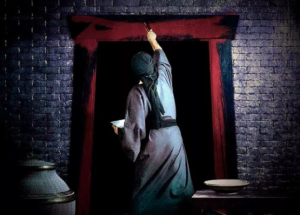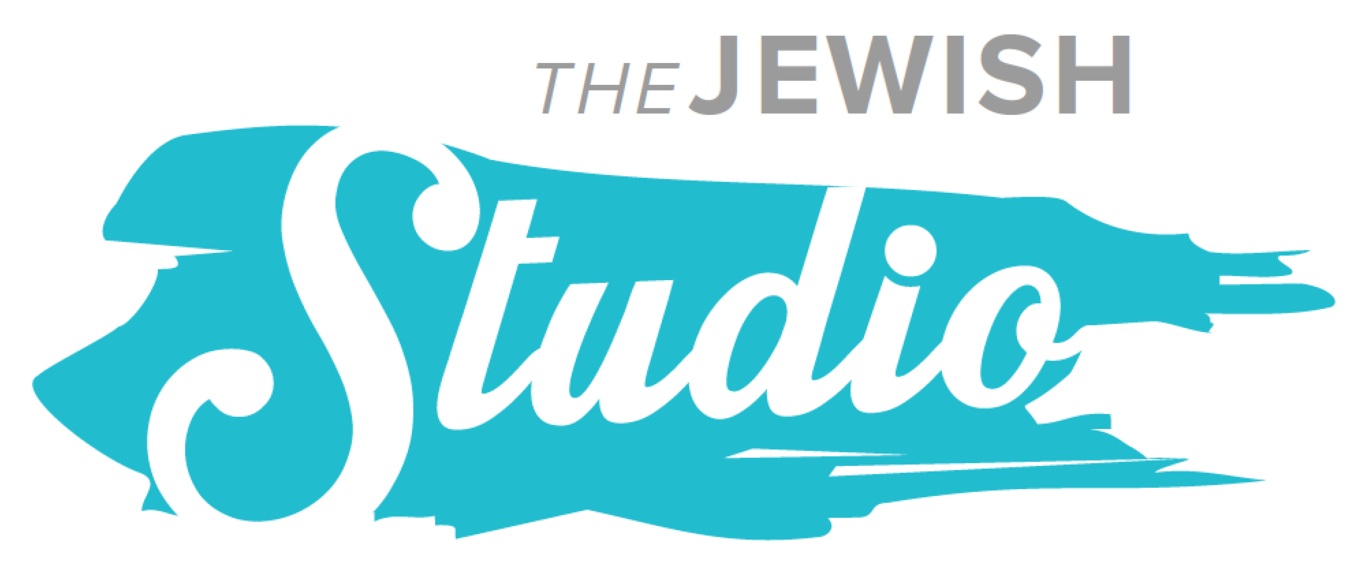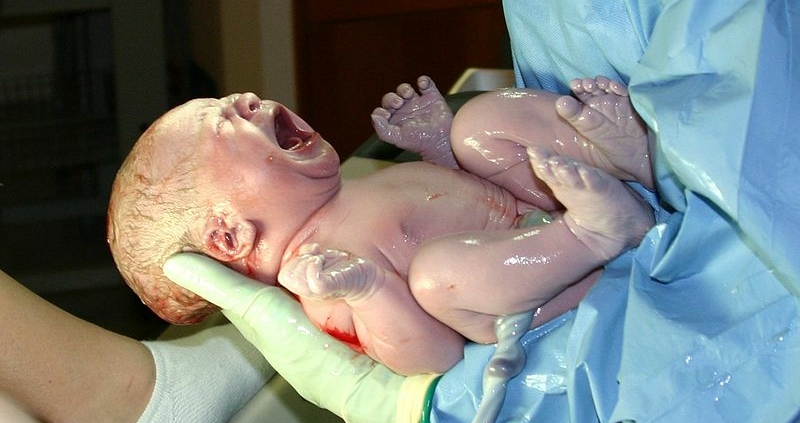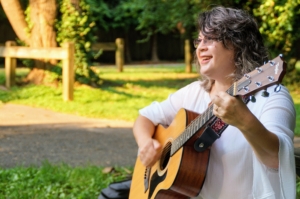Birth Doorways
When walking through a new neighborhood or city, I enjoy counting the mezuzahs I see on doorposts along the way. Most Jews put this beacon of holiness on the entranceway to their homes. The parchment inside includes the instruction to teach the words of our tradition to the children. As you enter your home, we are reminded that holiness is created through passages, like doorways.
Rituals make sacred our life cycle events, like birth or moving into a new home. During those events, we move through a portal. In this way, narrow spaces and transition events help us in building a spiritual life.
When we move into a new home, we mark the doorpost with a mezuzah. A couple getting married enters the chuppah for kiddushin, a portal to begin the marriage ceremony. Even the birth canal through which life begins is a doorway, marked with a brit or circumcision for a boy and simchat bat or baby naming for a girl. Parshat Tazria begins with a cleansing ritual at the time of giving birth. The mother was cleaned of blood and purified spiritually.
In a similar episode, at Exodus 12:7, the children of Israel neared the end of their enslavement. They painted blood on the doorposts and lintels of their homes. The bloodied doorposts conjure up an image of birth. After the first Passover night, the Israelites emerged through bloody portals. They began their exit from Mitzrayim–literally, “the straits,” the narrow place – birthed into being as a free people.
Putting blood on the doorposts and lintels gave their doorways the status of an altar. Upon their portals, they sacrificed their slave identity. Through those entryways, the people attained freedom.
Also, the bloodied doorposts resembled an altar used as an atonement for sin. Blood atones for sins. What sin had the Hebrew slaves commited? Perhaps losing connection with the God of their ancestors or following Egyptian ways. Even in redemption from slavery, the people had to account for their behaviors. In that way, each regained a measure of dominion over their identities.
In a little-noticed text, Pesikta Zutreta (Lekah Tov, Exodus, Parashat Bo, ch. 12.7): reads “Thus we learn that our ancestors in Egypt had four altars, the lintel, the two doorposts, and the doorstep, as said by Rabbi Ishmael.” As one’s foot lands on a doorstep and propels the body forward, it becomes a place of restoration of the soul and reclamation of faith.
Similarly, each newborn, emerging through a bloodied portal, is like a step that propels us forward. That mindfulness starts when we witness the moment a baby pushes its head from the womb and takes its first gasping breath.
As we enter the month of Nissan, and approach the Passover festival of freedom, it is an opportunity to rededicate ourselves as if through a portal. Passover is a reenactment of the altar upon which we can again build our world. We emerge through doorways determined to expand freedom and spread holiness in this world.
Rabbi Evan J. Krame






 Evan J. Krame was ordained as a rabbi by the
Evan J. Krame was ordained as a rabbi by the